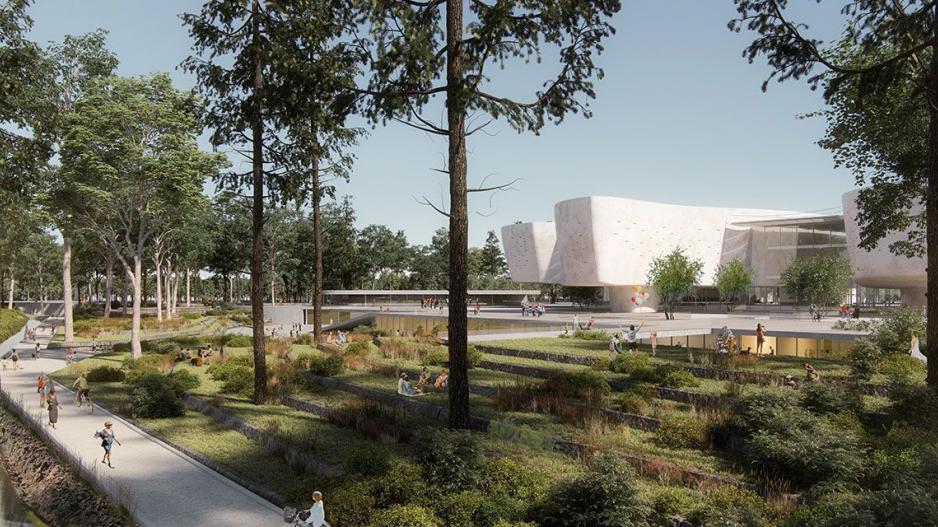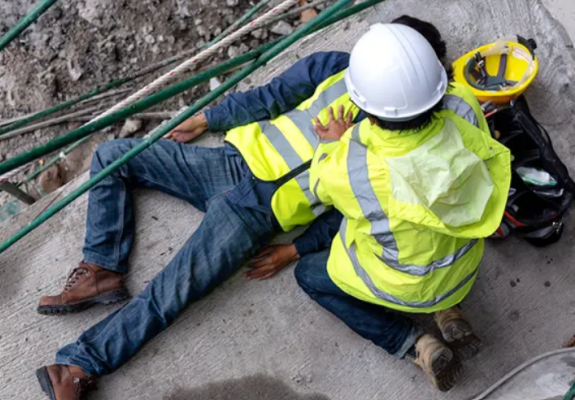EIB Takes a Leading Role in the Development of the New Cyprus Archaeological Museum
With the establishment of the EIB’s local office, its contribution to the advisory sector is expected to increase further.
The European Investment Bank (EIB) advisors have long expanded their presence in Cyprus, offering technical assistance for significant public and private sector infrastructure projects. These initiatives span various sectors, including the environment, transportation, climate action, digital innovation, and urban development. One of their most notable contributions at the executive level has been to the new Cyprus Archaeological Museum.
According to informed sources, the EIB’s advisory activities in Cyprus, independent of its financing operations, aim to align closely with EU policy priorities and emphasize investment projects.
As Brief reports, currently, five active agreements provide advisory services in Cyprus. With the establishment of the EIB’s local office, its contribution to the advisory sector is expected to increase further.
The key focus areas of EIB advisory support include creating efficient organizational and administrative structures and introducing reliable procedural frameworks.
The Cyprus Archaeological Museum is a standout project, with a budget of €75 million. It is being constructed on a 40,000-square-meter site at the location of the old Nicosia General Hospital. The design, created by the architectural firm of Theoni Xanthi in collaboration with Theodoros Androulakis, Spyros Giotakis, and Margarita Zakynthinou, won the architectural competition.
The museum will be built in two phases and will feature permanent and temporary exhibition spaces, educational workshops, conservation labs, archaeological material storage, offices for the Department of Antiquities, a library, a 300-seat auditorium, and facilities prioritizing accessibility. Additional amenities include bike paths, outdoor and underground parking, and a rooftop garden restaurant with independent operation potential.
According to the Cyprus Architects Association, the museum’s location—situated between green and urban zones in Nicosia—has the potential to play a transformative role. With its extensive urban and environmental design, it aims to contribute significantly to the reorganization and enhancement of the capital’s urban environment.






